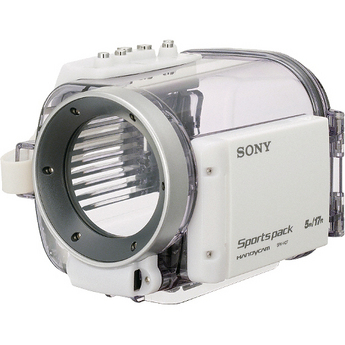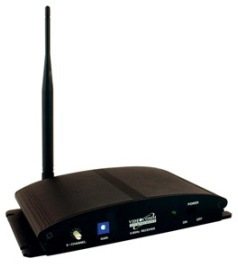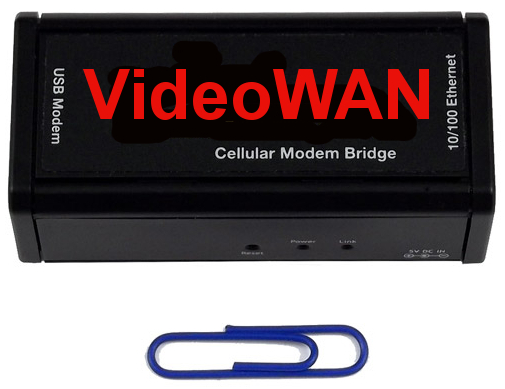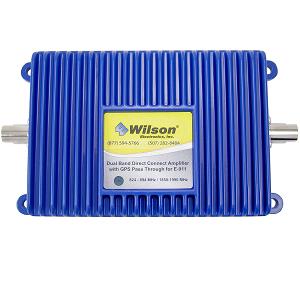VideoWAN VideoMonitoring/Cellular Briefcase Integration



Camcorder - Transmitter - Waterproof Case
Video is transmitted to a waterproof briefcase containing:
A video receiver and video to IP converter




The briefcase also contains:
A cellular router, cellular modem, cellular amplifier, batteries.



Client Software

System Operation Description:
A self-contained camcorder, with a video transimitter, inside a
waterproof case, transmits video to a receiver inside a
waterproof briefcase.
The video receiver connects with a video to IP converter, which
digitizes the video and makes it ready for the Internet.
The digital video then goes to a cellular router with a cellular
modem, to transmit the video over the Internet on a cellular
data network.
A cellular amplifier is available to boost weak cellular signals
and make transmission possible under poor signal conditions.
Client software on the receiving end allows the video to be
viewed and recorded.
VideoWAN Value Added:
VideoWAN has taken standard Commercial-Off-The-Shelf,
COTS components, adding enhanced functionality with
custom electronics hardware to be co-manufactured
with VideoWAN Partners.
VideoWAN electronics hardware modules allow for
triggering high-resolution recordings from the
camcorder inside the case for downloading.
VideoWAN electronics hardware modules also allow
switching of the cellular amplifier when it's
not required for poor signal conditions.
VideoWAN has created a sophisticated battery and
and power supply system that allows for 10-20 hours
of continuous operation, with an option to use
hydrogen fuel-cells for up to 100 hours.
VideoWAN creates a complex layout within the case
connecting all the components including complex
cabling for power, video, and high-frequency
radio signals leading to antennas outside the
waterproof case.
Applications:
For First Responders it provides a valuable
video communications tool to link them to a
central command with real-time video.
Ambulances can have video added to
to other vital signs data.
Police and Fire can have live video
added to existing communications for
real-time situational-awareness in
emergency or disaster situations.
Security organizations can have real-time
surveillance and counter-surveillance
capabilities. Long-range video zoom
capability of camcorders can capture
high-resolution stills to be instantly
integrated into facial-recognition
databases.
Executive Protection groups can add
real-time video surveillance of travel
areas to provide pre-clearance of
potential threats.
VideoWAN's Broadcast Video System can
embed multiple live video streams into
webpages that can be viewed by any number
of users. This provides the open format of
a webpage that can be viewed on any device
and allows simulataneous interactive input
from a large number of viewers.
END










